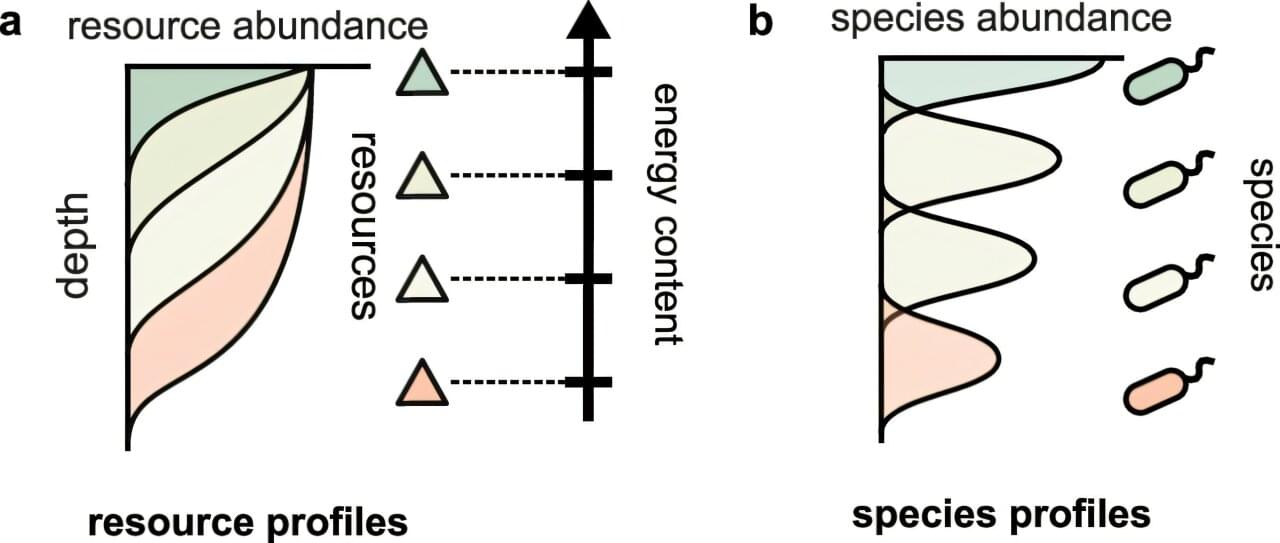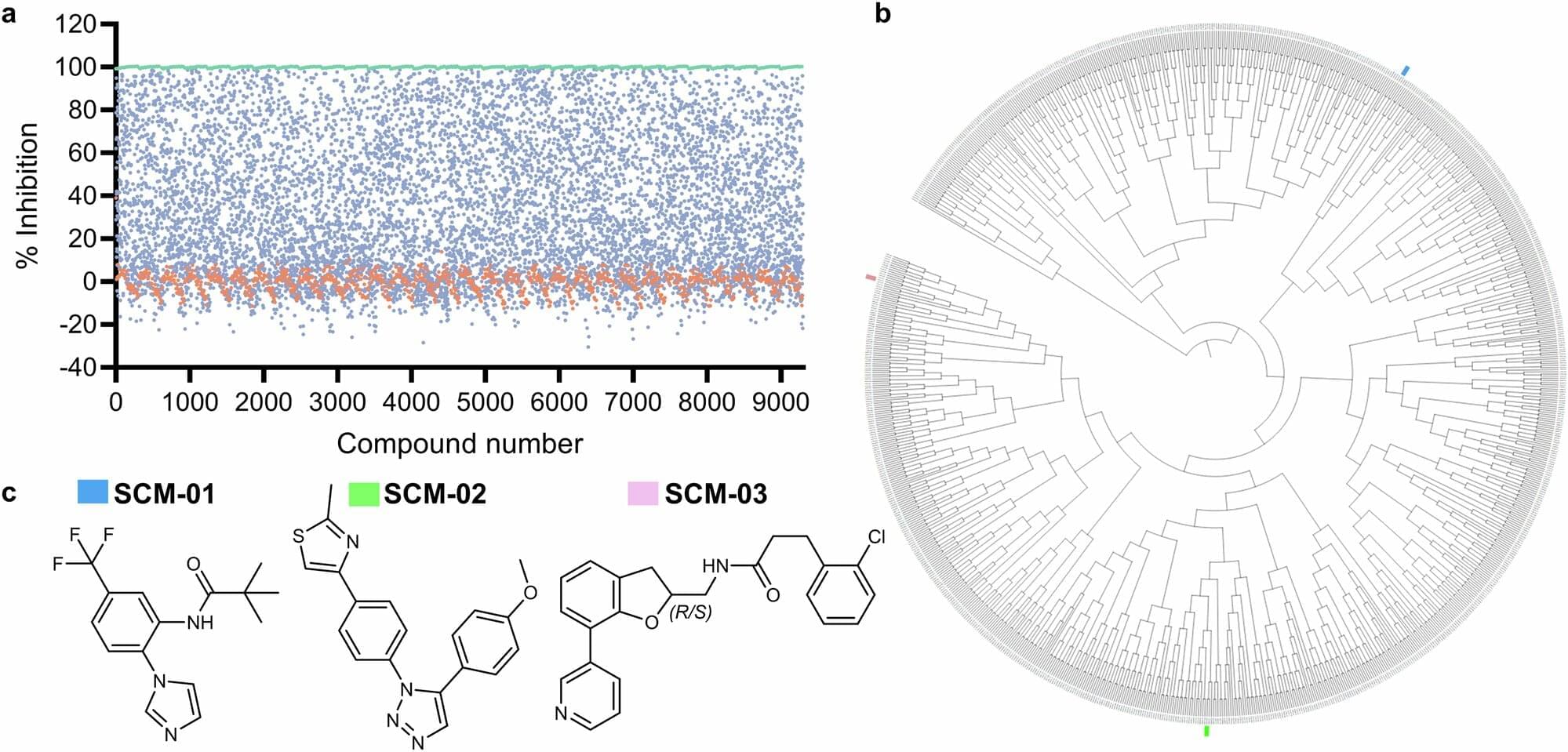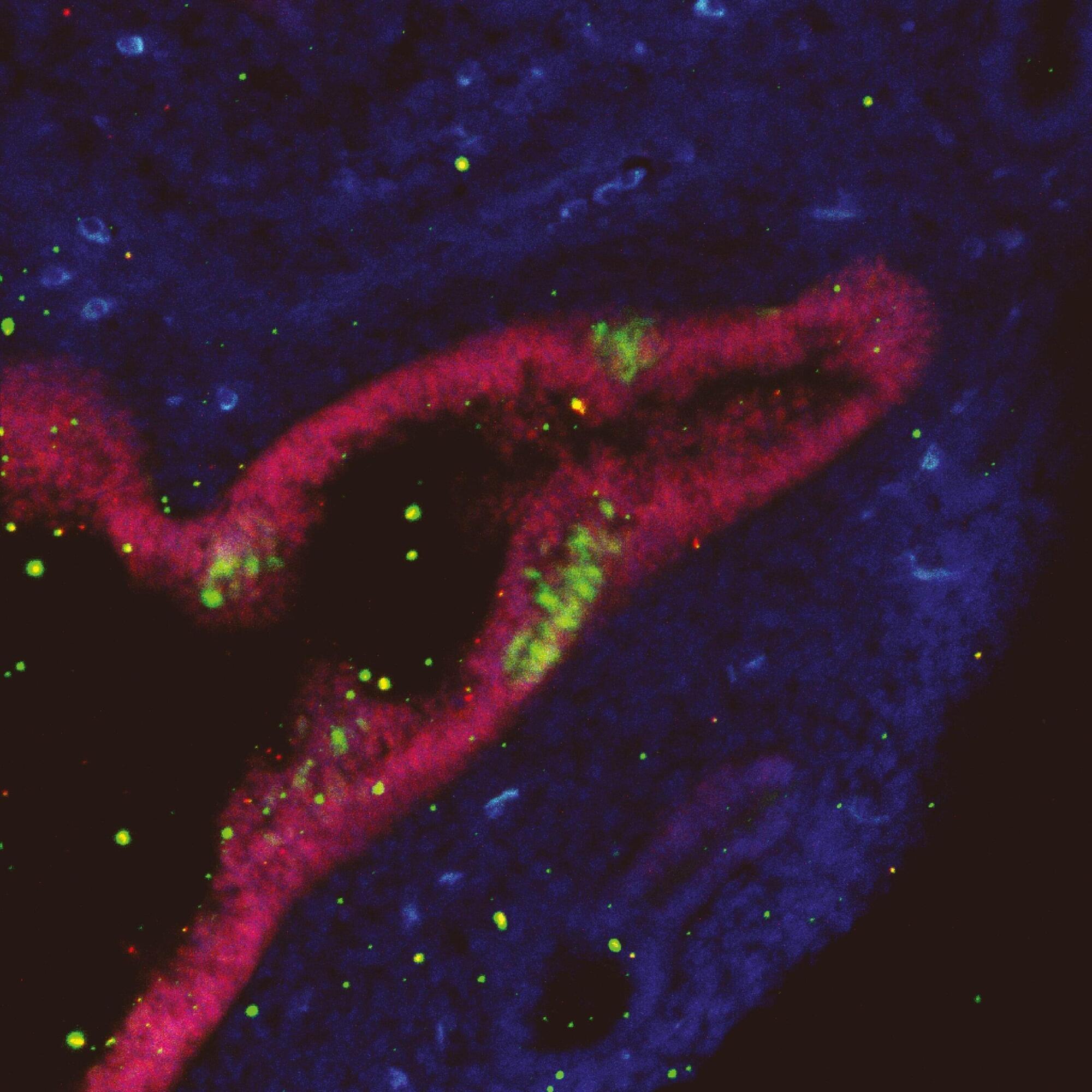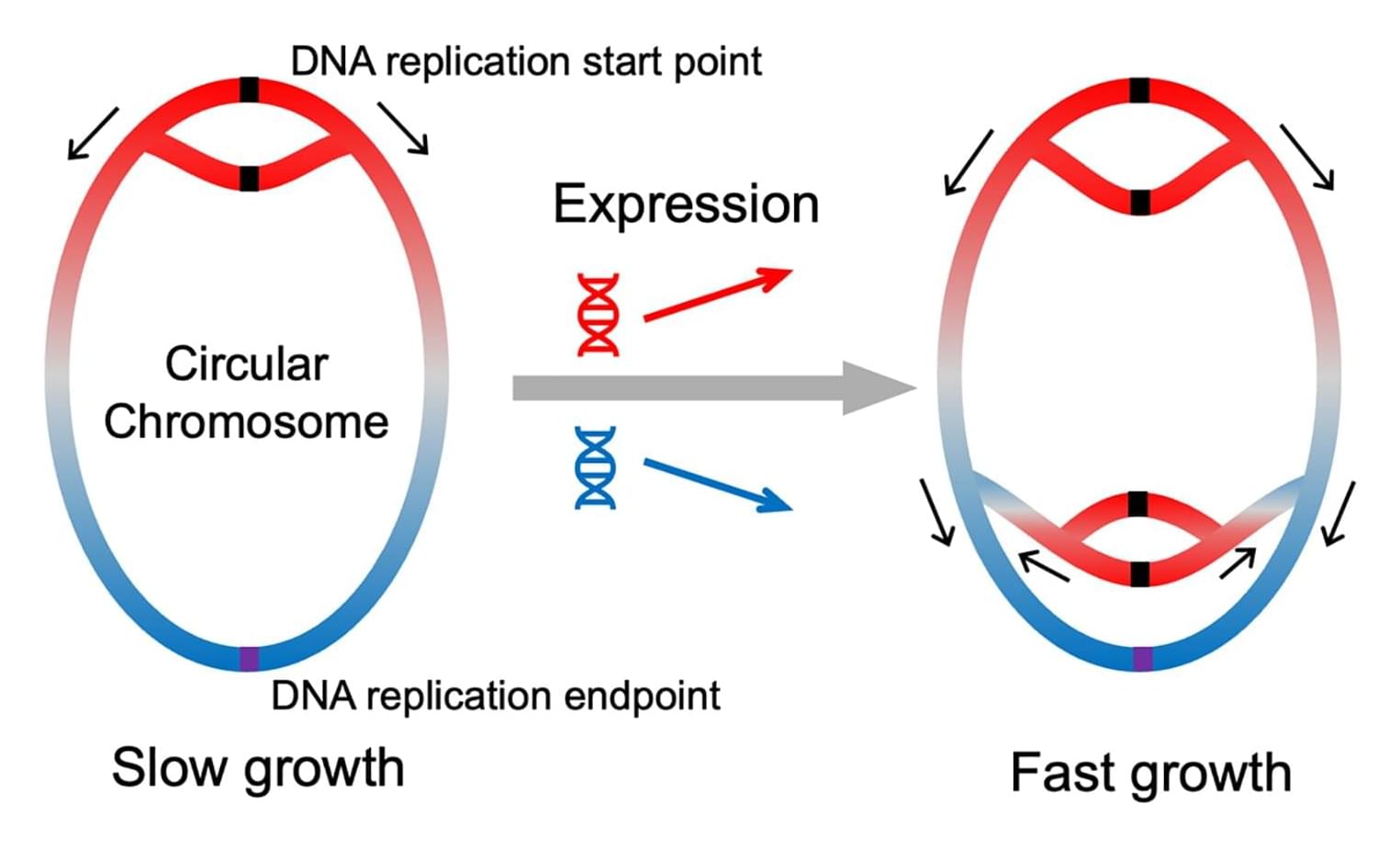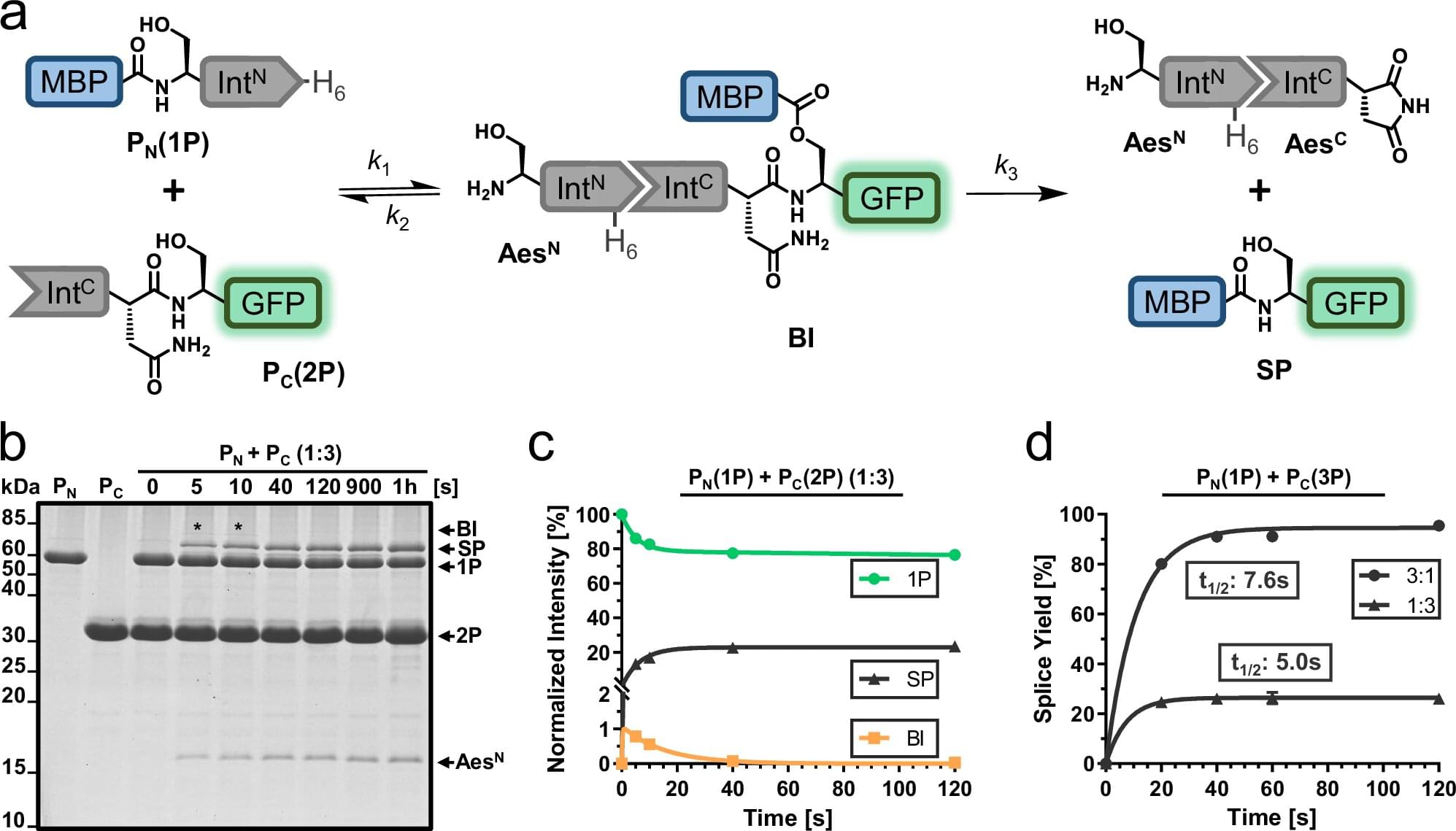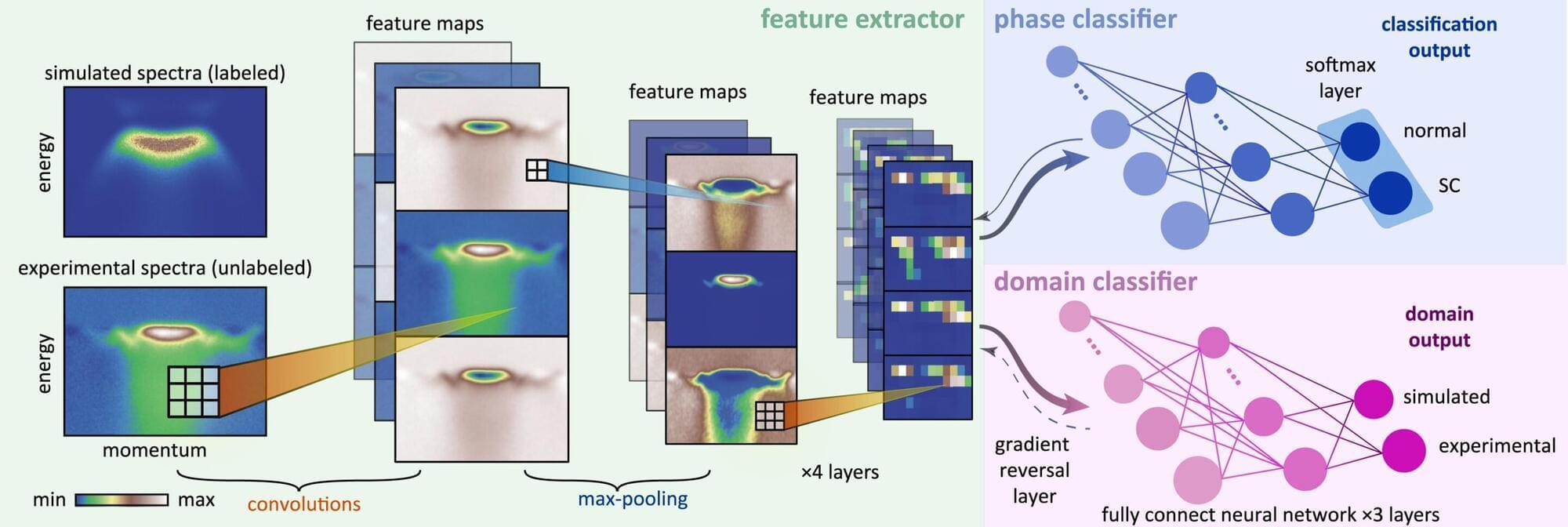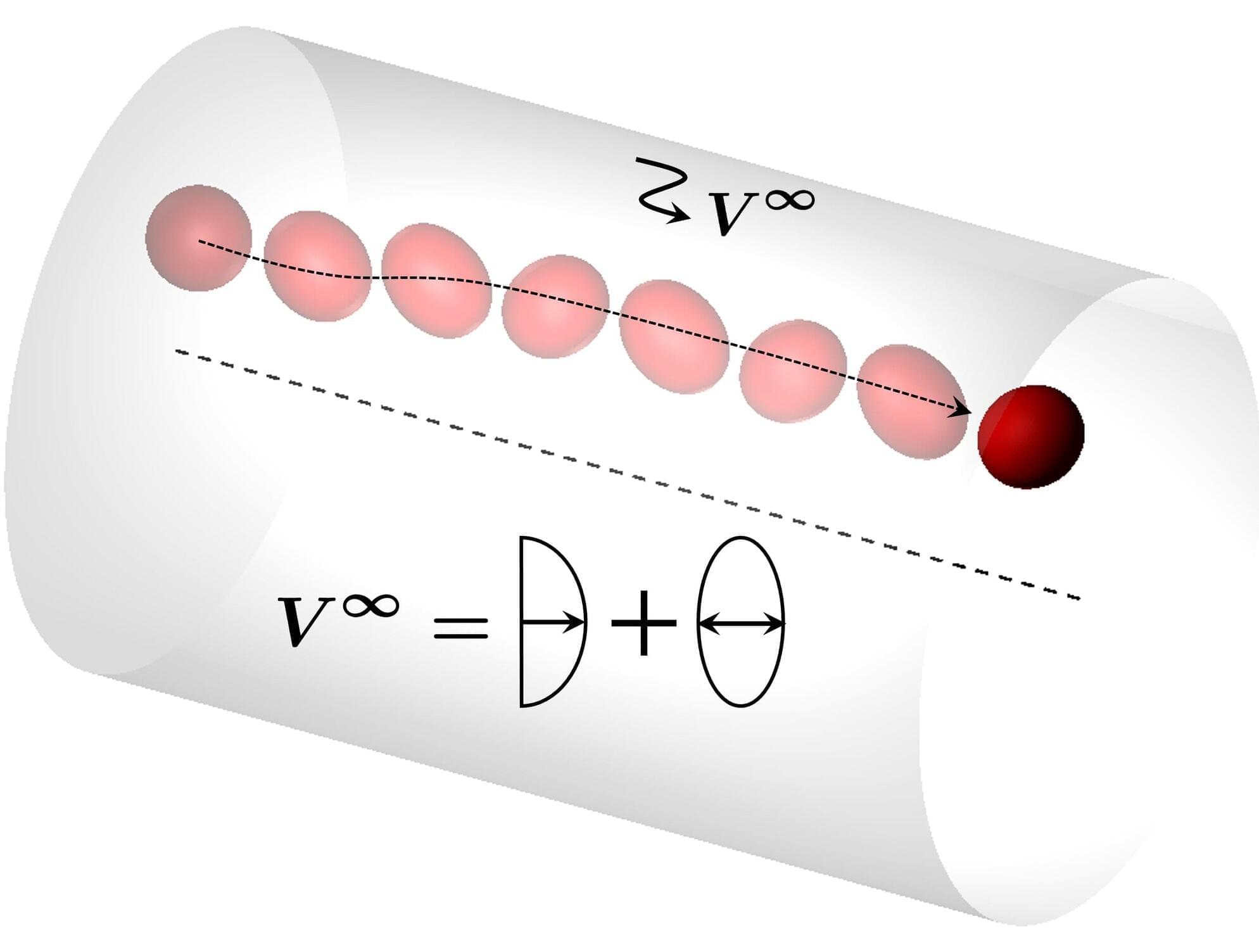Are we alone in the universe? The answer to one of humanity’s biggest questions is complicated by a basic reality: If there is life on other worlds, it may not look familiar. A sample of rocks from Mars or another planet almost certainly won’t have recognizable fossils or another similarly obvious sign of living organisms, said Mikhail Tikhonov, an assistant professor of physics in Arts & Sciences at Washington University in St. Louis who studies microbial communities.
But just because we might not recognize signs of life on a distant moon or planet doesn’t mean it’s actually lifeless. “There could be life forms out there that defy our imagination,” Tikhonov said.
Searching for life that we don’t understand may seem like an impossible mission. In a paper published in Nature Communications, Tikhonov and co-author Akshit Goyal of the International Centre for Theoretical Science in Bengaluru, India, propose a new idea. Instead of looking for particular molecules or compounds associated with life as we know it, scientists can look for telltale patterns of energy.
